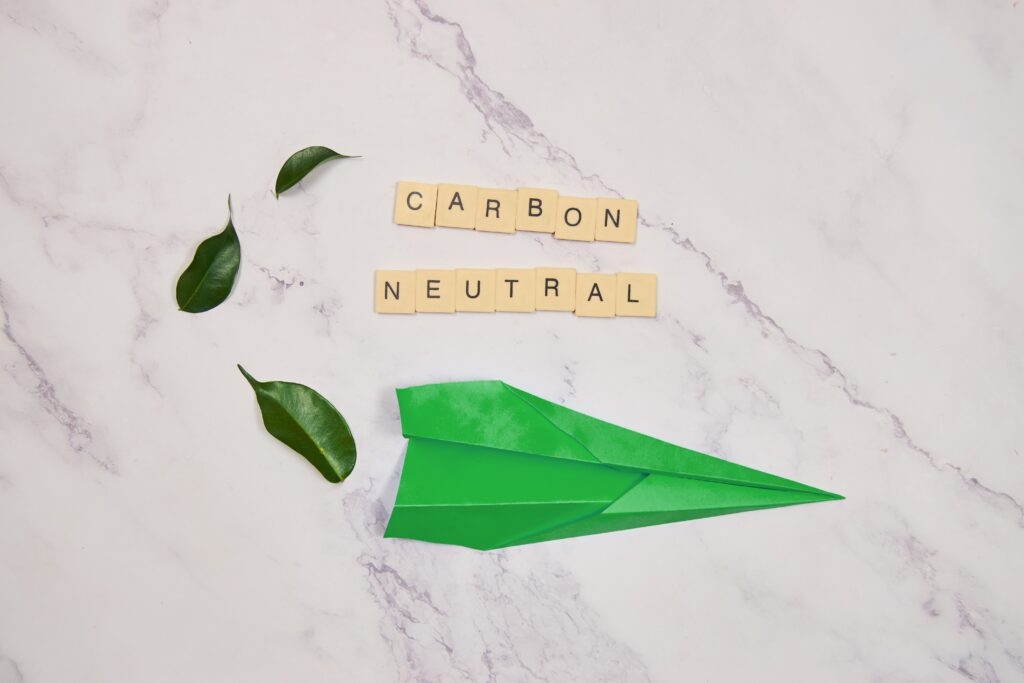If you’re interested in mitigating your greenhouse gas (GHG) emissions, you may have heard of carbon credits. They’re a form of tradable emissions credit that represent the reduction, avoidance, or sequestration of one metric ton of CO2 or other GHGs. Let’s explore how carbon credits work and the benefits of using them.
What is Carbon Credit?
A carbon credit is a type of environmental asset that can be traded, sold, or retired. It represents ownership of one metric ton of carbon dioxide equivalent (using CO2 as a unit to measure different greenhouse gases). The ultimate goal of a carbon credit is to reduce greenhouse gas emissions from industrial activities.
A company can earn a carbon credit by either reducing its own emissions or enabling an emission-reducing activity somewhere else in the world. In the case of a business that is regulated by a cap-and-trade system, the company will receive credits every year if it can keep its emissions below a certain level. The company can then use these credits to offset its emissions.
Types of Carbon Credits
There are two types of markets for carbon credits: the regulatory market and the voluntary market. The former is mandated by governments and is used to regulate industrial emissions. These types of projects are approved by governments and other regulating bodies, who determine that they can quantify the number of emissions that have been reduced and how many carbon credits they will earn over time.
To be a valid carbon credit, the project must be verified by a third party to ensure it meets the standards set out by the Verra Carbon Standard. This is done to ensure that buyers of the credits have confidence in them and can be assured that they are purchasing actual reductions in greenhouse gas emissions.

How do Carbon Credit Works?
Carbon credits are a measurement unit that represents one tonne of CO2e (or Carbon dioxide equivalent) emissions that can be offset through the creation of green projects. Offsetting can include things like regenerative agriculture, planting trees, and using renewable energy.
In a cap-and-trade market, companies must buy and sell carbon credits to meet their emissions limits. These credits are created by a governing agency and then allocated to individual companies within that jurisdiction. Many of these carbon credits are created by renewable energy projects or conservation projects such as regenerative agriculture and forestry that store carbon in the soil.
There are concerns about the quality of carbon credits, which must be verified by a recognized standard-setting organization. This can be a tedious and time-consuming process, but several organizations offer verification services to make the voluntary market more robust.
What are the benefits of Carbon Credits?
The benefits of carbon credits are twofold. They help companies meet their emissions goals, and they’re also a lucrative business opportunity for those who can sell carbon credits to others. Tradable “rights” or certificates are linked to projects that lower the amount of carbon dioxide (CO2) in the atmosphere. They’re sold in a market that’s regulated by cap-and-trade programs at the state and regional levels.
Cap-and-trade schemes limit the number of greenhouse gases that can be emitted, and companies that exceed their emissions limits are required to buy carbon credits from other businesses. This helps them stay under their emissions caps and avoid penalties.
There are two major markets where carbon credits are sold: the voluntary market and the regulated carbon compliance market. Voluntary carbon credits are created by organizations with operations that reduce the amount of CO2 in the atmosphere, such as reforestation and land use. The voluntary market is a growing industry, and it’s estimated that it will reach $6.7 billion by the end of 2021.
In conclusion, carbon credits are a valuable tool in the fight against climate change. They offer a way for companies to offset their emissions and for individuals to support projects that reduce greenhouse gases. However, it’s important to ensure that the credits are genuine and verified by a recognized organization.
- About the Author
- Latest Posts
A passionate advocate for all natural and sustainable ideas. With a background in sustainable economics science and a deep love for nature, Sojy has dedicated his career to promoting eco-friendly practices and encouraging others to live a more sustainable lifestyle. He is an avid hiker, gardener, and cook, and loves experimenting with natural ingredients in his recipes and lifestyle routines. Sojy believes that small changes can make a big impact and is constantly seeking out new ways to reduce his carbon footprint and inspire others to do the same



